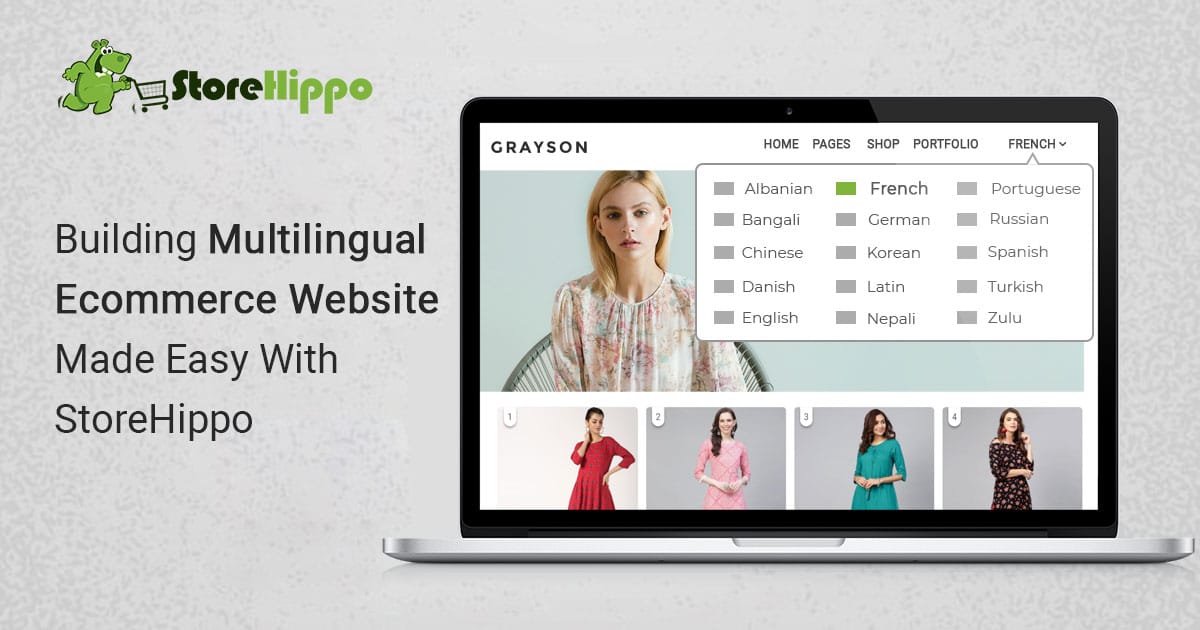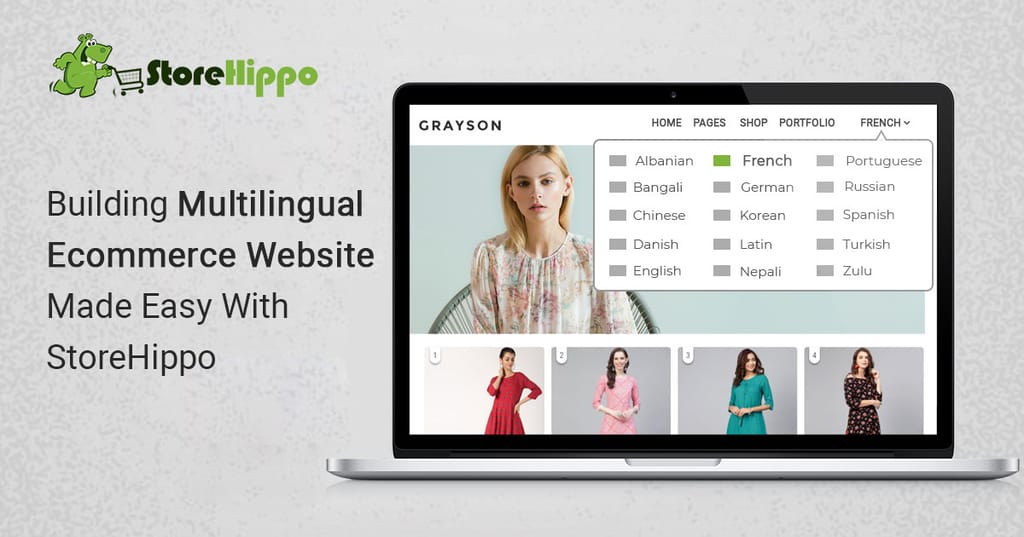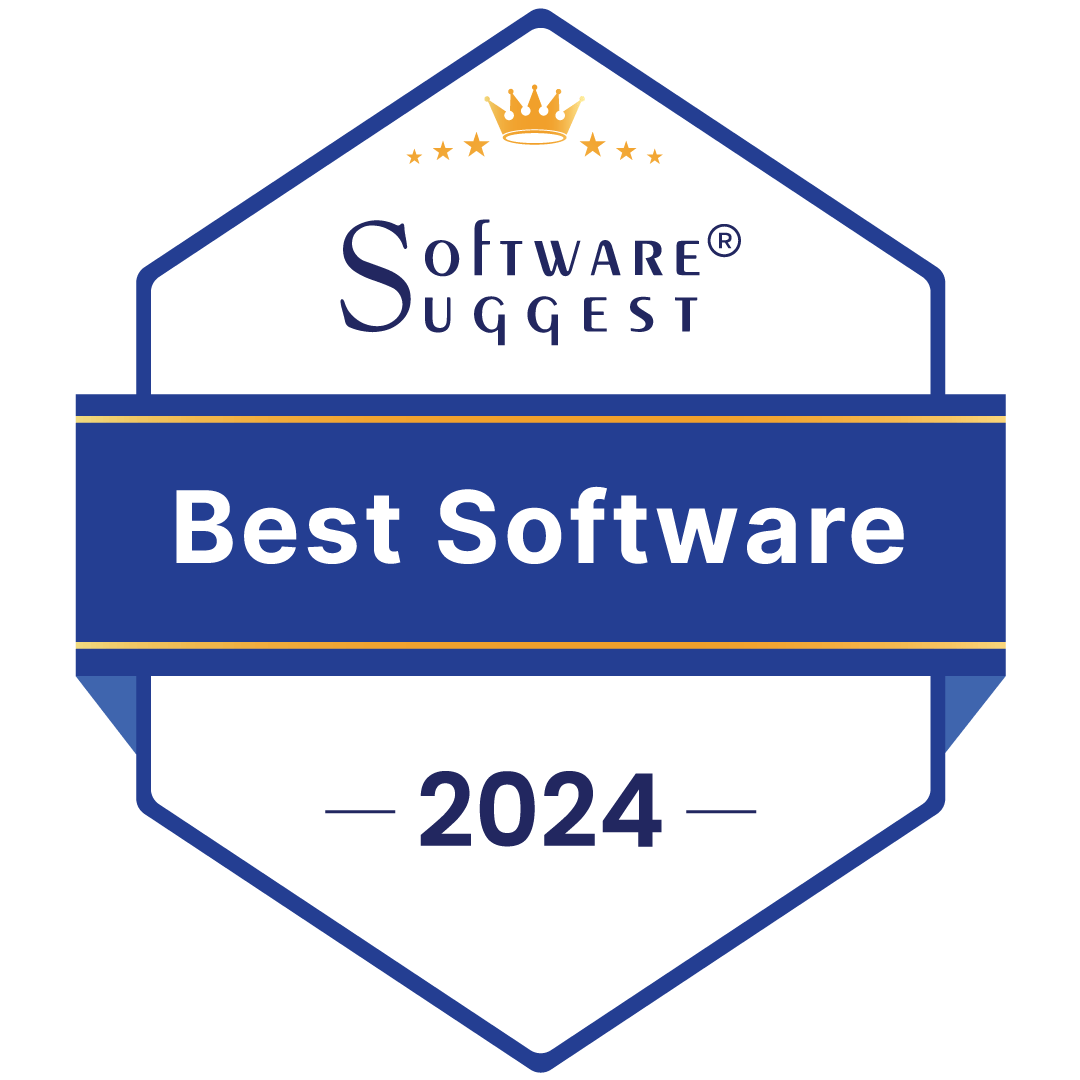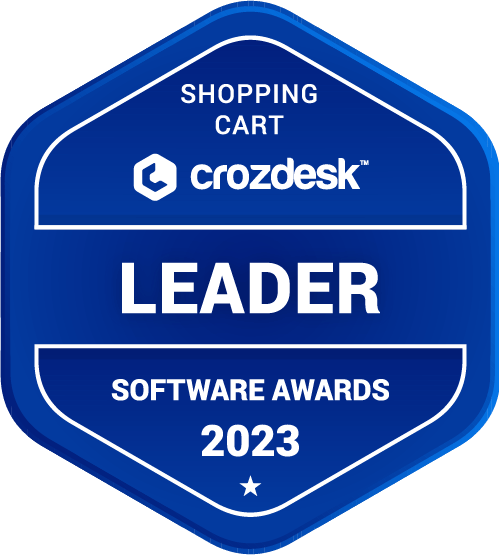What is the one feature on your online store that can instantly boost your conversions? Still, thinking?
Well, well, the answer is not some complex technological changes. You just need to speak the language your customers understand best!
And how do you do it?
By building a multilingual ecommerce store for your business.
After all, you can expect your customers to buy more only when they understand what you are selling and how would it benefit them.
Did you know that 75% of customers would like to buy from ecommerce stores selling in their native language? What’s even more interesting is the fact that you can reach 77% of global internet users by adding the top 10 most popular languages on your online store.
Never knew that this simple tweak of adding multiple languages to your online store can take your business places.
Table of Contents
The Growth Of Multilingual Ecommerce
Just a few years back, the majority of sites were in English. They still are, but the figures are changing rapidly. Have a look:
.png)
Source: Statista
Combine this with the even more interesting trends about the fastest growing ecommerce markets of the world. Check it out:
.png)
Source: Emarketer
Well, the ecommerce success formula is out there in plain sight.
You can easily tap new markets and find loyal customers by building your own multilingual ecommerce site.
The Benefits Of Building A Multilingual E-commerce Store
Ecommerce opened up new business opportunities for brands planning to grow beyond their geographical location. We are living in a world which is one huge global marketplace without borders. Internet penetration, the mobile revolution and improved logistics have made it easier to expand an online business across the continents and explore business opportunities in the local as well as international market.
The first step towards building a truly global business is building a multilingual ecommerce website that connects with the global audiences in their native language. Having a business that communicates in multiple languages has some clear benefits over a single language website. Let’s review some of the most evident advantages;
- Establish a better connect with your targeted audience segments by publishing content in the language they understand the best.
- Give more power to your content by following the local practices of date and time pattern, punctuation, capitalization etc based on a specific language, country, geography etc.
- Improve conversions by targeting specific user segments based on geo-locations.
- Get higher Google rankings by using language-specific keywords with your multilingual ecommerce website tailored for specific audience segments.
- Expand your business to new markets by targeting non-English speaking audiences at local as well as global levels.
Clearly having multiple languages on your ecommerce website gives you a competitive edge in the domestic as well as international markets. However, to add multiple languages to your site, you need a reliable multilingual website builder that quickly adds your chosen languages to your online store.
How To Find The Best Multilingual Ecommerce Solutions For Your Business
To maximize the benefits of a multilingual online store you need a solution that is easy to use and technologically advanced. The turnkey solution should have mobile ready technology so it helps you reach those geographies also where mobile internet is the only means of internet connectivity. Also, the multi-language feature should have the flexibility and ease of creating multiple language pages with limited human supervision.
Let us check the top 10 features needed in the best Multilingual Ecommerce Solutions
1. Support For Multiple Languages
You don’t want to be restricted by a platform that offers a limited number of languages only. Also, it should not be a plugin based-architecture where you need multiple apps or plugins to implement end-to-end functionalities for every language.
Your ideal multilingual website builder should have the capability to convert your website content into all the major languages spoken across the globe in just a few clicks. On the front end, the process should be as easy as choosing the preferred languages from the drop-down menu. Your website content including the themes should change into the chosen language in no time.
2. Auto Translate
You certainly don’t want to set a team of linguists to translate your content into every language you add to your online store. You need a streamlined and automatic translation feature that lets you add any number of languages in no time.
Wouldn’t you love if all you needed to do was just tick a checkbox? Well, how about having the language translation feature in the admin that lets you choose from 100+ languages to display the content of your multilingual ecommerce website.
3. Better Translation Control
Wouldn’t you love it if you had complete control over which segments of your content/web pages you need to translate and which ones you want to keep as it is? You definitely would.
So look for a solution that offers both automatic and manual modes of translations. You should have the option to choose between these modes so you can control and override automatic translations selectively. This would help you add nuanced details to your multilingual ecommerce store.
4. Rule-Based Automatic Language Selection
Wouldn’t it become easier to manage your multi-language website if you could add rules to automatically showcase/market your products and services in different languages?
Imagine you are targeting customers from Europe and based on their IP addresses you add rules that convert the whole content into the native language of the country, like German for Germany, English for the UK, French for France and so on.
It would be much easier to convert your buyers if you could automatically change languages based on users’ geography, selected user group or even the device used by them to access your multilingual ecommerce website.
You should even have the option to set rules to turn on different languages for different subdomains like; en.mystore.com, fr.mystore.com etc.
5. Scalability
Well if you want to grow your business, scalability should be your top concern. After all, you don’t want your site to load at a snail pace as you add more pages, products, regions or languages. Data suggests a 1-second delay in site-load time reduces your conversions by 7%.
Look for a multilingual website builder that ensures your site performance remains top-notch even if you regularly keep adding pages and content in multiple languages of your choice. Check if the solution provider offers optimised translations so that your load time remains unaffected even if you scale to millions of users.
6. Manage Bulk Translations
What if you have to go for bulk translations. Like, say, for translating all your product descriptions in multiple languages. Would do it one by one for thousands of products in dozens of languages? Nopes it certainly isn’t feasible to spend ages on this exercise?
So what’s the alternative?
You need a multilingual ecommerce platform that allows you to manage translations in bulk by creating support for CSV Imports and Exports. Such a feature speeds up your work and gives you the flexibility to check and edit your content offline with language tools of your choice.
Such functionality also gives you the freedom to use offline translator services when needed. You can easily give different files to different translators without even giving them access to your admin panel and upload the final work in one go.
7. Support In Mobile Apps
With up to 80% ecommerce sales being driven by m-commerce, you need to have your mobile apps in multiple languages to make the best of this trend. Having multilingual ecommerce solution for mobile apps can help you improve your mobile app conversions.
By translating your mobile apps in the customers’ native language, you can target new global markets and also tap the domestic users by using local languages on your multi-language store.
So, look for a solution provider that helps you with automatic translation of your mobile apps into multiple languages.
8. Powerful Admin Panel In Multiple Languages
A truly global enterprise ecommerce business usually has stakeholders, partners, distributors, vendors and other teams located in different parts of the world. These teams and stakeholders do not necessarily use English as the language of their business.
So, to bring out the efficiency of such a diverse team and global set-up you need a multilingual ecommerce solution that offers an advanced admin dashboard in multiple languages. This would enable you and your teams to understand the ins and outs of your business in the language of your choice. If your teams could check the business details, overview, order summary and order status in their preferred language it would make your business processes more efficient and intelligent.
9. Support For RTL Languages
According to Internet World Stats, Arabic internet users grew by 9,348.0 % from 2000-2020. With the growth of internet penetration, users in other countries that use the right to left languages like Hebrew, Persian etc. is growing rapidly.
So a truly advanced multilingual ecommerce solution should have RTL compliance at multiple levels right from the content, to themes, numbers, punctuation etc. This makes your business have an instant connect with your buyers and solidifies your presence in RTL speaking geographies.
10. Multilingual Support In Themes
Last but the most important aspect of a successful ecommerce business is the look and feel of your online store. And to ensure that you build the best multilingual ecommerce website you need to have support for multiple languages in your themes.
Look for a solution that offers support for translating your website’s static content as well as action buttons in the language chosen by your customers. This should include support for RTL languages in the themes.
Conclusion
Now that you understand the various requirements to build an advanced website in multiple languages, you need to find the solution that has all the above features and maybe more.
StoreHippo multilingual ecommerce platform has incorporated a comprehensive solution to facilitate online selling in multiple languages. StoreHippo offers a marked improvement over other ecommerce platforms by offering a native solution that does not require additional apps or plugins.
With StoreHippo you can add multiple languages to your ecommerce store in no time. The tested and bug-free solution frees you from the technical glitches and hassles of bug fixing. You can start with a few languages and go on adding as many as you want. You can also write better product details in multiple languages. On top of it with StoreHippo you can do it all without hiring an IT-team.
Unleash the potential of your business by taking it global for better conversions across diverse geographies. Explore the StoreHippo multilingual website builder by creating your 14-day free trial store.























Leave a Reply